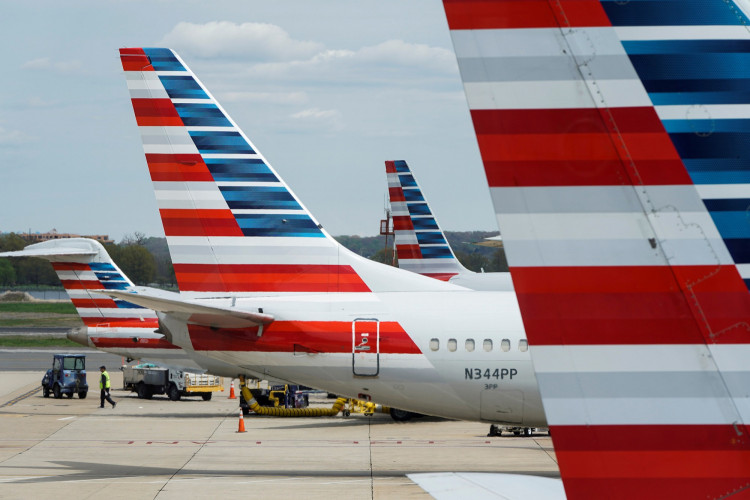The U.S. Department of Transportation (DOT) has announced a significant expansion in flight services between the United States and China, marking a notable step towards restoring pre-pandemic travel levels between the two nations. This development, detailed in the DOT's fifth amendment to the directive from June 2020, outlines a phased approach to doubling the weekly round-trip flights from 24 to 48, starting September 1.
The initial phase permits Chinese airlines to operate 18 weekly round-trip direct flights to the U.S., with an increase to 24 weekly round-trips slated to commence on October 29. In response, U.S. carriers will similarly augment their services to match this frequency, cumulatively offering a total of 48 weekly flights between the two countries.
The move to double flight frequencies underscores a significant leap from the 24 round-trip passenger flights established since May 20 this year. It reflects a growing demand for travel and a positive step in the aviation industry's recovery from the pandemic-induced slowdown.
Leading the charge in this expansion are major Chinese airlines like Air China, China Eastern Airlines, China Southern Airlines, and Xiamen Airlines. Their American counterparts include industry stalwarts such as American Airlines, Delta Air Lines, and United Airlines. Furthermore, newer U.S. players like Eastern Airlines have been approved to enter the market, proposing four weekly services between New York's JFK and Shanghai Pudong, pending approval from China's Civil Aviation Administration.
To facilitate the increased services, Chinese airlines are required to submit comprehensive flight plans to the DOT. Reports indicate that Air China and China Eastern have already lodged plans for additional weekly round-trips to Los Angeles, a primary hub due to its significant Chinese population and broad reach.
The decision is a direct response to the principle of reciprocity, which has guided U.S.-China flight adjustments throughout the pandemic. It ensures that airlines from both countries maintain equal flight frequencies, fostering a balanced recovery for the aviation sector.
Despite the U.S.-China route experiencing the slowest recovery among all international markets for China, with only a 6.4% rebound rate, the latest increase in flight frequencies brings hope for a quicker restoration. In contrast, flights between China and Europe are nearing half of their pre-pandemic levels at 48.5%.
This increase in flight frequency is not just a statistic; it's a lifeline for businesses, tourism, and students who rely on this crucial air link. With most U.S.-China flight tickets currently priced above ten thousand yuan due to limited availability, the expanded flight capacities promise to gradually lower ticket prices, making travel more accessible.
As the aviation world watches this unfolding story, the increased flight services between the U.S. and China stand as a testament to the industry's resilience and the enduring connection between the two nations.






